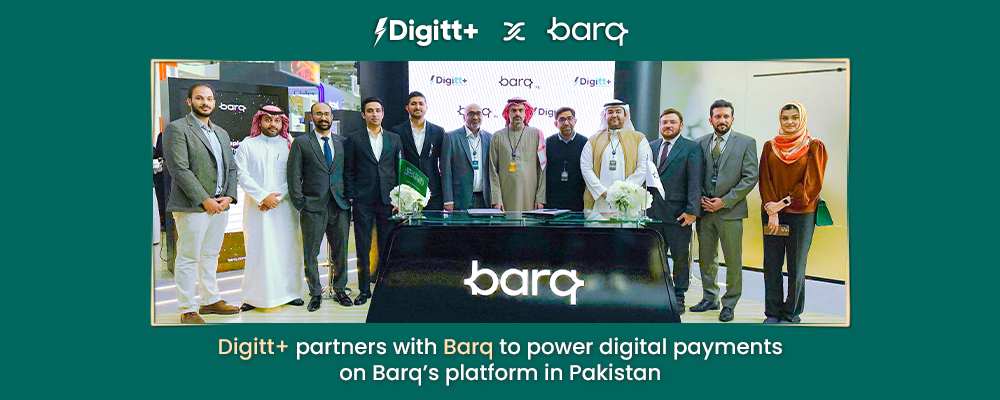Fintech, the convergence of technology and finance, has sparked global advancements in areas like mobile payments, peer-to-peer lending, blockchain solutions, robo-advisors, and sophisticated crowdfunding methods. This dynamic sector currently commands a significant 2% share of the global economy, and projections foresee it generating a staggering $1.5 trillion in annual revenue by 2030, constituting nearly a quarter of all high-value industry sectors. The Asia-Pacific region is poised for substantial growth, with the fintech market projected to reach $324 billion by 2026, reflecting a remarkable compound annual growth rate of 28.2% from 2021 to 2026.
Pakistan, a nation once limited by low internet penetration and a cash-centric economy, has shown a remarkable shift. In 2001, only 1.3% of the population had internet access, but by 2021, approximately 54% of Pakistanis were online, with mobile penetration exceeding 77%. This transformation underscores the potential for a thriving fintech industry in Pakistan, provided the necessary resources and infrastructure are in place.
Easypaisa, a telecom company, introduced Pakistan’s inaugural fintech service in 2009, initially focused on money transfers but now offering a wide spectrum of financial services via mobile app. Mobile financial services (MFS), have gained prominence in Pakistan, allowing individuals to create mobile money accounts using their SIM numbers. These services, facilitated by nationwide agents, enable convenient money transfers and bill payments.
While traditional banks offer online banking experiences, only a handful of bank MFS apps facilitate financial transactions, limiting their full fintech potential. However, Pakistan has witnessed a surge in fintech startups that operate exclusively online, offering users the ability to open accounts, make instant payments, transfer funds, pay bills, and create virtual cards.
Fintech startups in Pakistan encounter significant challenges. Established institutions dominate the sector, making it difficult for newcomers to secure funding or partnerships. Funding predominantly flows to well-established banks and telecom giants. Additionally, despite banks offering 80% of financial services, only 15% of Pakistan’s population has access, emphasizing the need for improved financial literacy and expanded access to regulated services. Infrastructure issues, including frequent internet blackouts and the absence of digital payment infrastructure like PayPal, disrupt services. Regulatory uncertainty, exemplified by the 2018 cryptocurrency ban, adds to the hurdles. Overcoming these obstacles requires collaboration between the government and fintech sector, fostering a favorable environment for global payment platforms, prioritizing customer needs, enhancing security measures, and leveraging the potential of the young population to drive fintech adoption.
By fostering meaningful cooperation, Pakistan can pave the way for innovative fintech startups, ensuring a brighter, financially literate, and digitally inclusive future for the nation.




